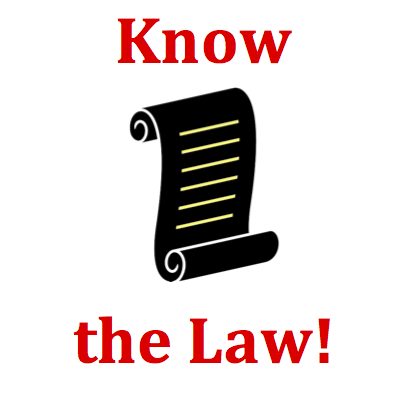Hold down the T key for 3 seconds to activate the audio accessibility mode, at which point you can click the K key to pause and resume audio. Useful for the Check Your Understanding and See Answers.
Mission NL12 Newton's Third Law - Question Group 2 Help

(The part of the question which is italicized is picked at random from a list of eight possibilities.)

For every action there is an equal and opposite reaction.

Forces are the result of the mutual interaction between two objects. If you hit the desk with your hand, the desk hits you hand back. The harder you hit the desk, the harder the desk hits your hand back. The force on your hand was applied by the desk and is the result of the your hand hitting the desk. You can't put a push on an object without being pushed back. Forces always come in pairs - they are the result of a mutual interaction between two objects.
To identify the reaction force in the force pair, one must first identify the two objects involved in the interaction. If the palm hits the wall is the action force; then it is the palm and the wall which are mutually interacting. Next, switch the places of these two objects in the sentence describing the action force. So the palm hits the wall (action) would become the wall hits the palm (reaction).
